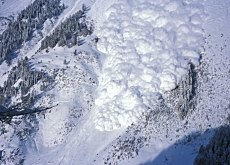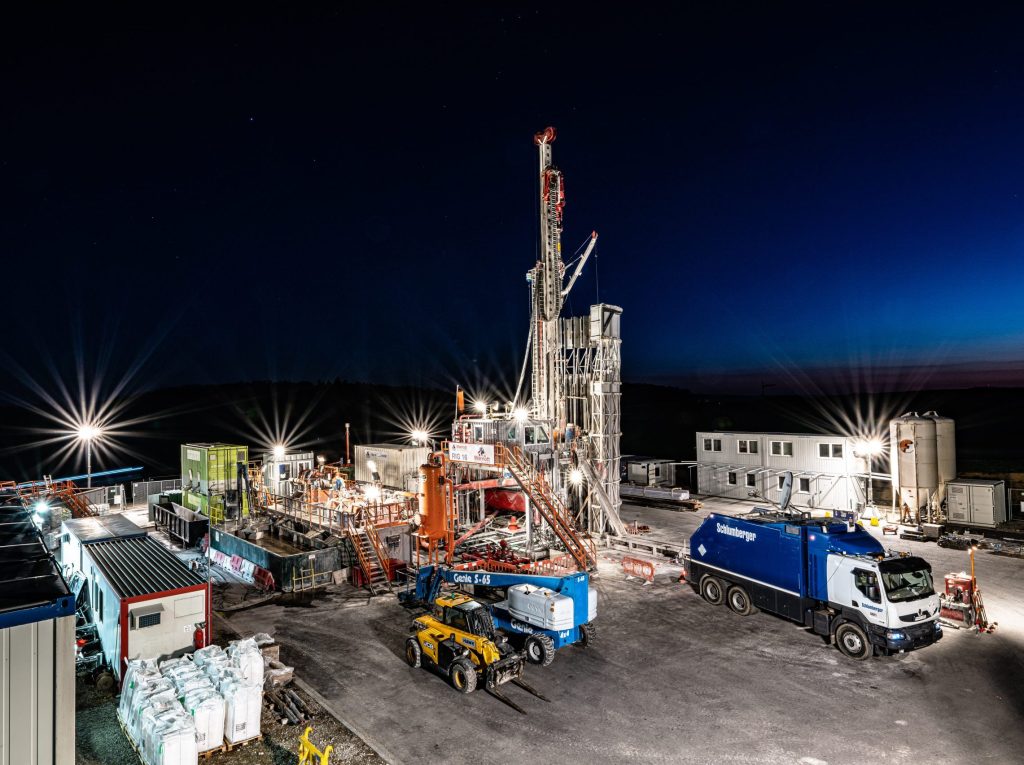Cool calculation to lower avalanche risk

The danger posed by avalanches was brought home this week with at least six people killed in the Swiss Alps. New technology could lower the risks.
Researchers at the Federal Institute for Snow and Avalanche Research are working on a two-dimensional computer model to make natural hazards like avalanches more predictable.
The single, most tragic incident of the season occurred on Monday when three members of a group of backcountry skiers from Germany were swept to their deaths by an avalanche near Disentis in canton Graubünden.
The authorities said the group was well equipped with avalanche rescue gear, but were skiing in a mountainous area where the avalanche risk was rated “considerable” at the time. This is when backcountry skiers are advised to exercise extreme caution.
But because the precise time, place and scale of an avalanche is impossible to predict, researchers at the institute in Davos are currently working on a new simulation tool, which, when ready by the end of this year or early in 2007, should remove some of the guesswork.
“We can simulate more complicated problems,” scientist Marc Christen told swissinfo about the two-dimensional aspect of the Rapid Mass Movements (Ramms) computer model which also integrates debris flows (such as landslides) and rock falls.
Deadly descent
“If you have an avalanche release zone, you get a better impression of where the snow will descend, for instance, how much will go down on the left or right side,” he explained.
The research centre is responsible for issuing avalanche warnings in Switzerland and sending other data to the regional authorities so they can produce hazard maps, and therefore the new simulation tool should make planning easier.
“Practitioners and civil engineers want to know about velocities, pressure forces, snow and mud heights, and this will give it to them,” Christen said.
An exciting aspect of the Ramms model is the capability to figure in snow cover and terrain, and so-called mitigating features, such as forests or man-made barriers that can prevent or slow hazardous flows.
“The goal is then to calculate all the different modules for an area to produce a comprehensive natural hazard map, and not just for avalanches,” Christen added.
Avalanche formation
The snow pack module can, for instance, calculate interactions between snow accumulation and the formation of an avalanche.
Avalanche modelling is already quite advanced, according to the scientist, with much work still needing to be done on other kinds of debris flows.
Landslides frequently occur in late spring and summer, triggered by rapid snow melt and intense thunderstorms.
Landslides and flooding caused by torrential rains last August killed six people in the country.
The institute estimates that there have been 500 significant debris flows in the country over the past 30 years, resulting in 20 fatalities and approximately SFr360 million ($285 million) worth of damage to infrastructure.
While the dangers of being at work or play in the mountains are not to be underestimated, the institute believes Switzerland has come a long way as far as risk management is concerned.
Less than 20 people were killed in the first few months of 1999 which went down as one of the worst years on record for avalanches.
It has been compared to the “avalanche winter” of 1951 when almost 100 people died, even though there were fewer people living, working or on holiday in the Swiss Alps that year.
swissinfo, Dale Bechtel in Davos
The Swiss Federal Institute for Snow and Avalanche Research was founded in 1931 in Bern.
The first “snow laboratory” was built at 2,662m on the Weissfluhjoch above Davos five years later.
The institute does research and publishes daily avalanche warning bulletins for Switzerland.
It was integrated into the Swiss Federal Institute for Forest, Snow and Landscape Research in 1989.

In compliance with the JTI standards
More: SWI swissinfo.ch certified by the Journalism Trust Initiative











You can find an overview of ongoing debates with our journalists here . Please join us!
If you want to start a conversation about a topic raised in this article or want to report factual errors, email us at english@swissinfo.ch.